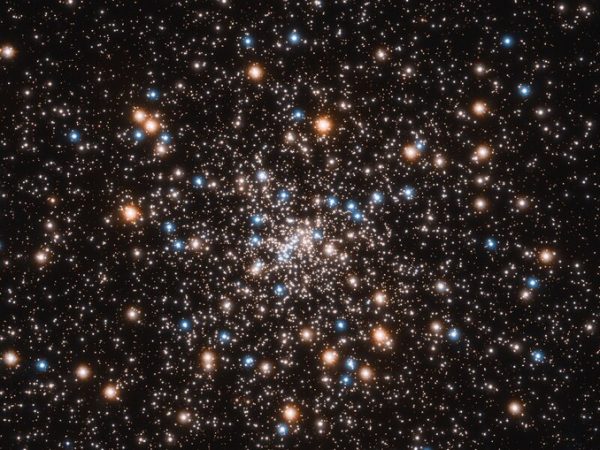Hubble takes the measure of a nearby globular cluster – Astronomy Now – Astronomy Now Online
Using basic trigonometry, astronomers can directly calculate the distances to nearby stars by measuring the tiny shift in position that occurs as Earth sweeps from one side of its orbit to the other. But what about globular clusters, the huge star swarms that orbit the core of the Milky Way? They are typically too far away to measure the tiny angles needed to make the calculations. Instead, astronomers were long forced to estimate distances based on stellar evolution theory and how the brightness and colours of stars in a globular cluster differed from similar nearby suns. But last year, the Hubble Space Telescope managed to directly measure the distance to NGC 6397, one of the nearest globulars to Earth, to an accuracy of just 3 percent. The answer? 7,800 light years. The cluster apparently formed some 13.4 billion years ago, shortly after the big bang.







